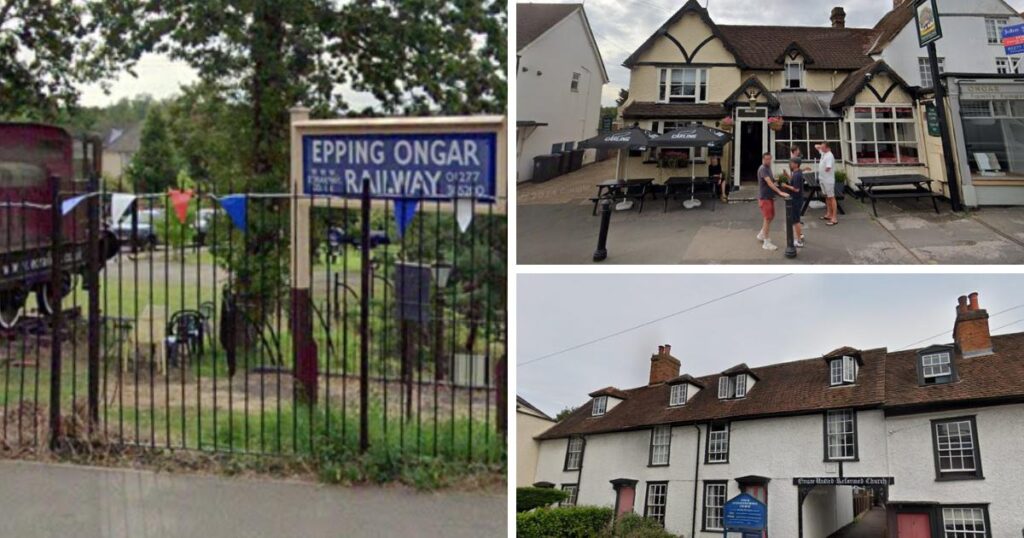Chipping Ongar is found just 12 miles outside of Romford.
The ancient market town and former civil parish forms part of the parish of Ongar in Essex’s Epping Forest district, with a name that gives a nod to its long history.
Its name is derived from the Old English words for ‘market’ and ‘grazing land’, and is understood to have links to Saxons and Normans.
Alongside the historic name it holds more physical evidence of its past inhabitants, with the remains of Ongar Castle a place to visit.
The Norman castle is understood to have been built in the late 11th century before it was partially demolished between 1558 and 1603.
In the village itself, there are thought to be more than 100 listed buildings as well as a plaque in memory of missionary explorer Dr David Livingstone above the archway to Ongar United Reform Church.
Dr Livingstone is said to have lived in a cottage in the town in the mid 19th century.
The author responsible for the lyrics to the famed nursery rhyme Twinkle Twinkle Little Star is buried in the churchyard of the United Reform Church.
The area is also home to the Epping Ongar Railway, which claims to be the longest heritage railway in Essex and the closest to London.
Not only this, but the heritage railway line runs on a former part of the Tube network which was closed in 1994.
According to Transport for London, the line started as a steam service and has now done a full circle in returning to its pre-London Underground look with steam trains, and the occasional operational rail vehicle from the London Transport Museum’s collection.
READ MORE: Dozens of homes get green light after road safety improvements put forward
The surrounding woodland of Epping Forest is rumoured to have been a favourite haunt of King Henry VIII.
‘Forest Law’ was introduced in the 12th century to allow the king to hunt game in Epping Forest, with a hunting lodge erected closer to Chingford.
The village is also home to a number of country pubs including The Stag, The Royal Oak, The Woodman and The King’s Head.




